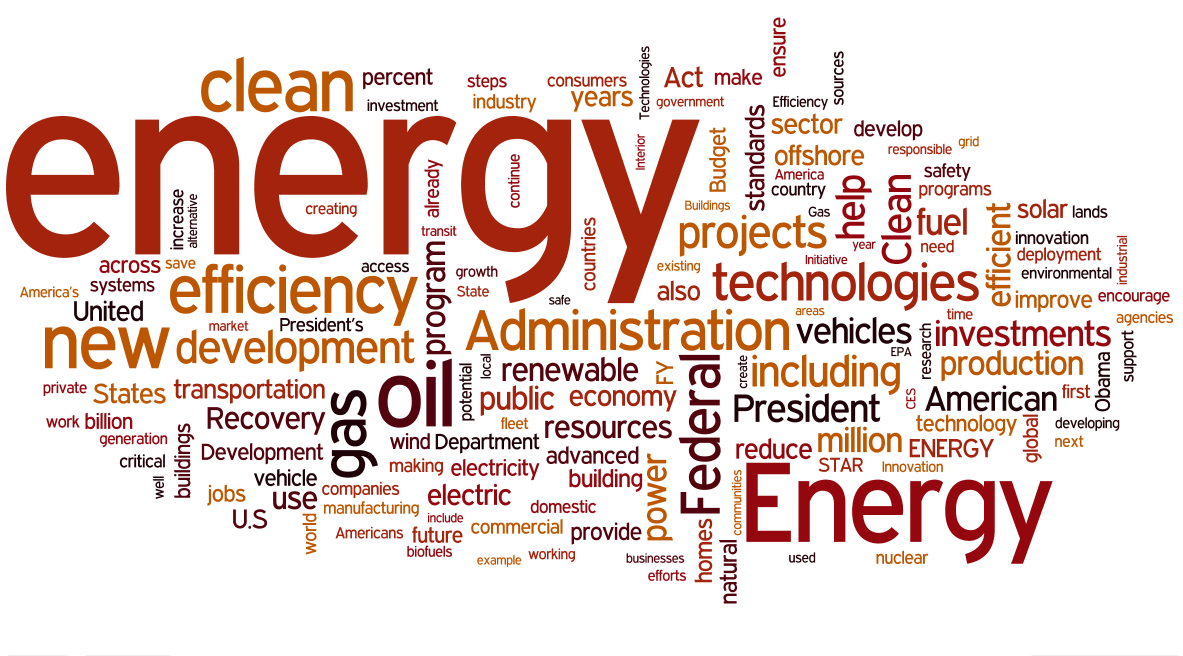
Decarbonization, Energy Policy, and AI
We recently wrote that energy sector investors “would be would be well-served to devote their resources to innovative, forward thinking companies” as the world of energy endures a period of great change and disruption. But what does that change actually look like? It’s one thing to put resources in place to handle general change, but preparing for specific trends is also critically important to navigating market upheaval.
Here are three key areas to watch as we keep an eye on the future of energy.
1 – Decarbonization
Addressing the role of carbon in the environment is a crucial factor in energy industry decisions, and as more and more countries push for decarbonization, energy producers and those who work in related industries will have to be prepared to respond.
Not that it will be easy. “The challenge of decarbonization is massive,” said Christoph Frei, Secretary General of the World Energy Council, in an interview with Brink News. “We have a factor of 2.8 times more CO2 in our resources—coal, oil, gas—than we are allowed to emit.”
Decarbonization touches on every energy producing and consuming industry, so there may not be a straightforward, one-size-fits-all solution, but make no mistake: the decarbonization conversation will have big effects on the world of energy moving forward.
2 – Energy policy
As technology adapts to decarbonization strategies, industry regulators and concerned governments could push for energy policy and legislation that directly affects the adoption and distribution of these technologies.
Mark Lewis, the managing director for European utilities research at Barclays Capital Investment research, dubs this phenomenon “policy ambition.” Lewis told the New York Times this policy focus could intensify investor concern “over the sustainability of conventional energy companies’ business models.”
If that concern bears fruit, it could lead to disruption among the traditional players in the energy industry, as we noted in our previous blog post about GE’s removal from the Dow Jones Industrial Average. Future contenders in the world of energy will need to be prepared to meet not only technological changes, but new developments in energy policy that could shake up this investment sector.
And as renewable-energy technologies and E.V.s become even more efficient, and as batteries and storage become more competitive, so too will policy ambition increase, intensifying investor concern over the sustainability of conventional energy companies’ business models.
3 – Artificial intelligence
Bring up the future of virtually any industry and someone will mention the role of artificial intelligence in that industry’s future. Business Insider even predicts that an AI machine will join a corporate board of directors within the next decade.
Whether we see an AI executive or not, it’s probably fairly safe to assume that artificial intelligence will have some role in the energy industry in the not too distant future. That role could be as straightforward as managing energy storage, as market researcher CB Insights predicts.
As technology for storing energy grows more and more sophisticated, artificial intelligence could be used to regulate the systems that manage energy flow between storage and energy customers. The US Department of Energy has already awarded a grant to researchers at Stanford University to explore just that possibility. This, among others, could be a use we’ll see for artificial intelligence in the very near future.
About IEM
IEM is the largest independent full-line manufacturer of electrical distribution and control systems in North America. The Company has developed one of the most sophisticated electrical product manufacturing systems in the world and has cultivated partnerships with leading component suppliers resulting in optimal solutions to customer problems.
For more information about how IEM can help you address your power distribution needs, please feel free to contact us today.




